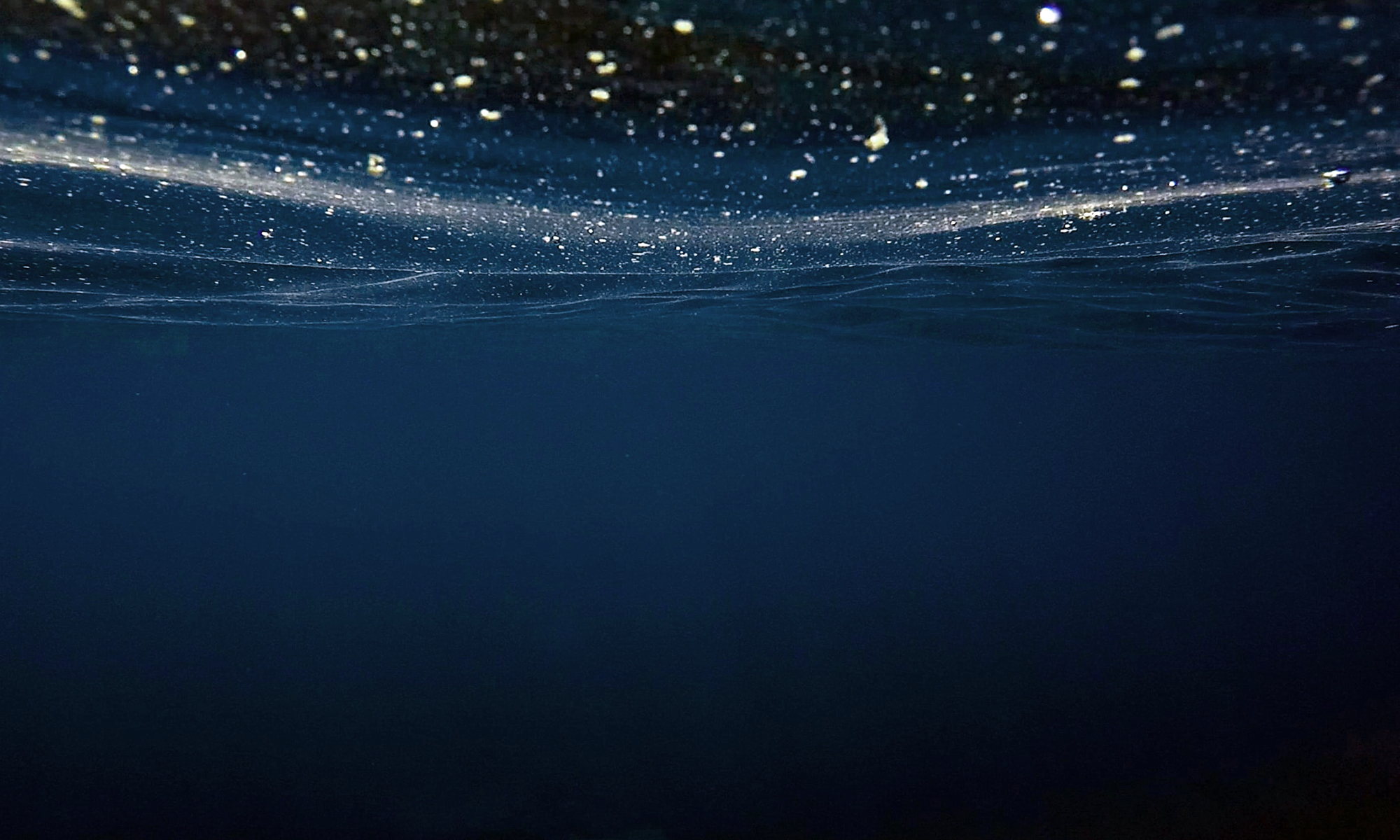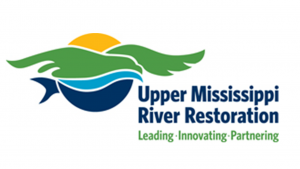People around the world are reliant on great rivers for numerous natural resources and ecosystem services, including drinking water, food, transportation, energy and recreation. Despite their importance, the scientific study of great rivers lags far behind other aquatic ecosystems like oceans, lakes and small streams.
The Great Rivers Field Station (GRFS), together with its sister field stations—the Illinois River Biological Station and Forbes Biological Station—at the Illinois Natural History Survey (INHS), is committed to increasing the scientific understanding of great rivers necessary for sound management of these critical ecosystems.


